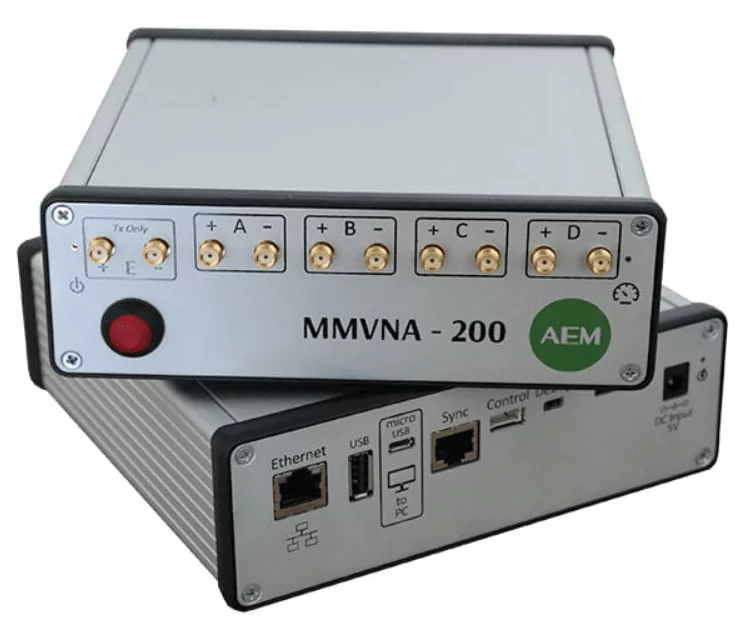DOCSIS 3.1 and 4.0

The next stages for DOCSIS based broadband services require utilizing previously unused and untested frequency spectrum, exposing potential trouble for Cable Operators. Current DOCSIS 3.1 deployments typically use legacy 1 GHz spectrum, limiting deliverable bandwidth. The next step for DOCSIS 3.1 deployment increases usable spectrum to 1.2 GHz and down the road, DOCSIS 4.0 Extended Spectrum expands the cable plant to 1.8 GHz.
Ramp Begins for 10 Gbps as Broadband Access Network Backbone
Many cable operators have begun to offer gigabit broadband services to residences and businesses as a way of trumping – or at least maintaining pace with – the competition. Some have leveraged bonded DOCSIS 3.0 channels or an all fiber- approach such as RF over glass (RFoG), EPON or GPON for this purpose. The advent of DOCSIS 3.1/4.0 promises an efficient way of providing gigabit services over existing hybrid fiber/coax (HFC) plant while providing an upgrade path to services with even greater speeds.
This Special Report looks at how operators choose to meet their gigabit-and-beyond requirements as they upgrade their infrastructures with 10 Gbps (and greater) capacity in mind.
DOCSIS OFDM Subcarrier Analysis
VeEX’s patented Subcarrier Scan is a core piece of our industry leading portfolio of DOCSIS 3.1 OFDM field analyzers, including its CX310, CX380C and AT2500-3G models. One of the key benefits of Subcarrier Scan is its powerful, in-depth graphical depiction of OFDM subcarrier data, including Power, MER, and Noise, which enables cable operators to identify hidden interference residing in the same spectrum as OFDM channels.


Prequalifying the CATV Plant for Extended Spectrum: It’s All About Sweep
Preparation and testing of the RF plant is essential to ensure proper signal transmission, especially for the extended spectrum.

- Most amplifiers and taps in the field today are rated for 1 GHz transmission or less.
- Cable Operators are continually looking for ways to increase deliverable bandwidth. Soon, DOCSIS 3.1 deployment will expand to 1.2 GHz. In the coming few years, DOCSIS 4.0 Extended Spectrum stretches the expansion to 1.8 GHz.
- Cable Network devices, such as amplifiers and taps, will need to be upgraded to support extended spectrum. Upgraded devices, main line cable, and associated connectors all need to be verified.
- System Sweep testing, also known as multi-channel frequency response, is the most efficient way to properly verify the upgraded RF plant’s performance over the full range of usable frequency spectrum.
What is done to configure an amplifier?
- Output signal levels must be properly set
- Tilt values must be set for proper alignment, within operator guidelines.
- Proper output levels and alignment help minimize degradation by external noise and distortions
Why is this done?
- Proper signal levels and balance are essential to ensure quality of service. A channel level that is either too high or too low can cause transmission errors, in the form of uncorrectable RS-FEC, or uncorrectable LDPC codeword errors, for example.
Portable Sweep is Here for DOCSIS 3.1/4.0 and DAA/R-PHY Network Expansion
VeEX’s new SWP-BOX™ consists of a high performance, 1.8 GHz Transmitter that works in conjunction with the CX380C Maintenance meter, together comprising a full field Sweep System. SWP-BOX test configuration is done in a matter of seconds with the CX380C. Full sweep testing can also be conducted in a matter of seconds.
Field portability and ease-of-use makes the SWP-BOX a game changer for plant prequalification, yielding significant time and cost savings.
- Reduces test configuration from hours to minutes, yielding significant OpEx savings compared to traditional sweep systems
- No need to go to the headend for access (can access anytime and remote in, saves time, hassle of arranging access)
- Used for the extended spectrum and full plant Sweep
- Portable, ultra-compact, easy configuration, entire system including results as opposed to rackmount @headend
- Fast and accurate Sweep, enabling efficient testing at each leg of the Cable Plant
- Integration with VeSion® R-Server system, supporting data collection and test result management
- High resolution, Non-Interfering Downstream Sweep System with Manual and Automatic Gain & Slope Offsets
- Portable unit weighing 4 lbs / 1.8 kg
- Battery operation: >12 hours
Getting Ready for DOCSIS 4.0
The new DOCSIS 4.0 specification enables the next generation, delivering symmetrical multi-gigabit speeds while supporting high reliability. To ensure customers have access to cutting-edge services for years to come, this requires a change in the HFC plant to support this innovation. In this webinar, you will gain a deeper understanding of preparing the network, troubleshooting, and verifying the frequency response.
VeEX offers the CX310, CX380C, and AT2500-3G DOCSIS Analyzers. Equipped with a DOCSIS 3.1/3.0 cable modem, a powerful system architecture and an arsenal of automated test features, technicians have the necessary functionality at their fingertips.
Key D3.1 OFDM metrics, modem emulation and multi-Gigabit throughput speeds can easily be verified. Next generation Sweep capabilities and expanded Spectrum Analysis on the CX380C pushes cable verification to new limits, guaranteeing the aging HFC network is able to deliver.
























































